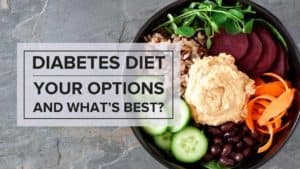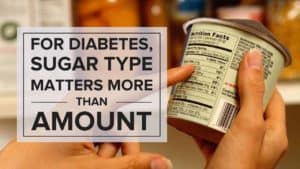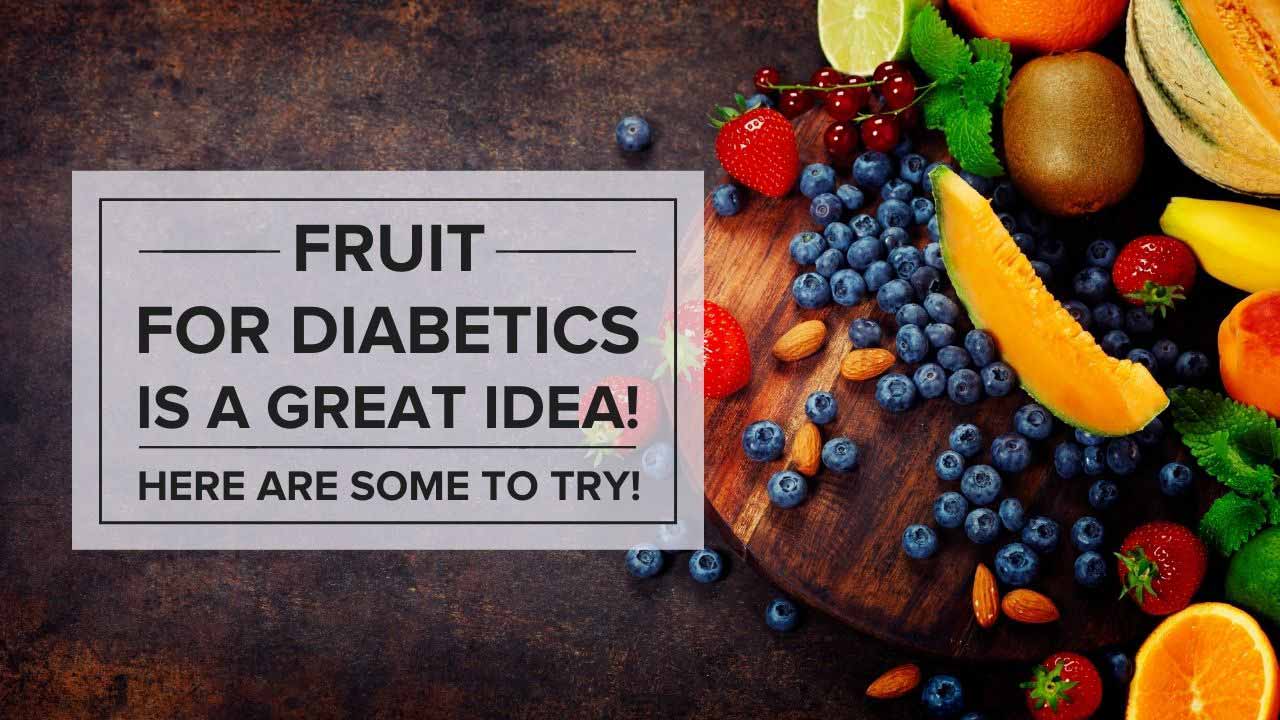
There's a common misconception that fruit is bad for people with diabetes. And while it's true that fruit is high in natural sugar, and can lead to spikes in blood sugar levels if you're not mindful of your overall diet, there are a number of reasons why fruits are fantastic for people with diabetes!
Not only is fruit packed with vitamins, minerals, fiber, and water -- all things that our bodies need -- but the natural sugars from fruits are actually one of the secrets that can help you reverse insulin resistance, prediabetes and type 2 diabetes.
In this article, we'll explore why you shouldn't fear the sweet natural sugars of fruits (compared to refined and processed sugars), and how fruit can be a fantastic part of a low fat, plant-based, whole food diet that can help reverse type 2 diabetes!
Fruit: A Misunderstood Boogeyman
Why People Are Afraid of Fruit for Diabetics
One of the main reasons that people with diabetes are afraid of fruit is due to the true fact that fruits are high in sugars. However, this isn't the whole story.
True, fruits are high in natural sugars, which can lead to spikes in blood sugar levels if you're not mindful of the other foods you're eating.
However (and this is important), fruit isn't the same as the refined and processed white sugar that's found in candy, baked goods, or soda!
Fruit has natural fibers that help balance out its high-glycemic carbs, so it doesn't cause the same dramatic spikes in blood sugar levels as processed foods. Your body is also better able to break down the nutrients in fruit, so it can use all of the energy.
Fruit is also high in vitamins, minerals, and antioxidants which can help balance out its natural sugars to prevent these wild fluctuations.
So while one serving of fruit can spike your blood sugar if your body is currently in an insulin resistant state, you shouldn't be nearly as afraid of it as processed sugars.
Understanding the Glycemic Index
Another reason that people are afraid of fruit is due to a measure of food called the glycemic index.
The glycemic index is a measure of how quickly and high blood sugar levels spike after eating certain foods. Many fruits are generally higher on this index (with some exceptions), meaning that it can cause a rise in your blood sugar that's important to be aware of.
However, the glycemic index isn't a perfect measure of how 'healthy' a certain piece of food is.
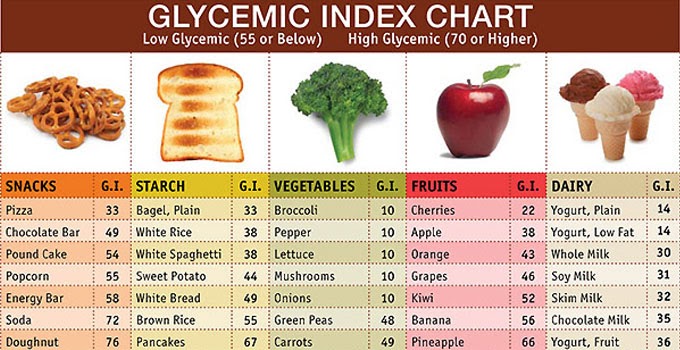
Caption: Image provided by www.goqii.com
Why the Glycemic Index Can Be Misleading
One example of how the glycemic index can be misleading is bananas. Bananas are very high on the glycemic index, due to their high carbohydrate content, and the fact that they are absolutely packed with energy.
For example, athletes often turn to bananas when they're seeking a quick boost of immediately available energy. Your body processes this sweet, energy-dense food quickly, meaning that your cells have much more energy available, leaving you with more energy.
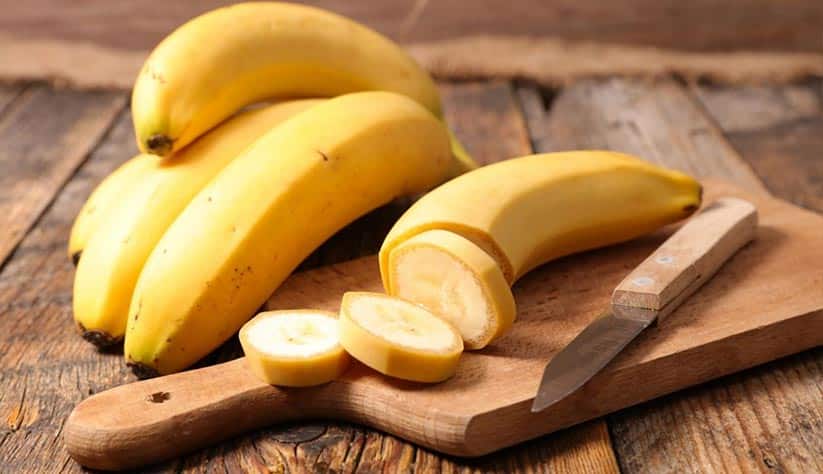
And that's definitely not a bad thing, no matter if you're living with diabetes or not.
But Wait Shouldn't People with Diabetes Avoid Any Sugar?
This is the crux of the issue. If you are living with type 2 diabetes already, you should definitely be aware of how certain fruits impact your blood glucose levels while you’re in the process of reversing insulin resistance. This will help you make sure that you stay in safe ranges during your transition to a more insulin sensitizing lifestyle.
However, fruits are actually a vital part of any healthy diabetes diet aimed at reversing type 2 diabetes, because they help fight the true, underlying cause of your condition: insulin resistance.
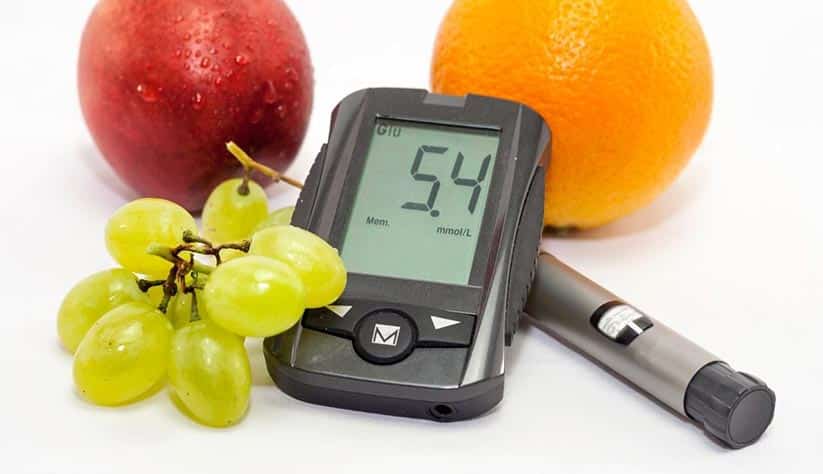
Insulin Resistance: The True Underlying Cause of Diabetes and Its Complications
Not many people know this, but the true underlying cause of diabetes and its complications is a condition called insulin resistance.
Insulin resistance is the buildup of dietary fat in cells that aren't meant to store it. When you have insulin resistance, your cells reject the glucose in your blood as they try to burn that fat, causing your blood glucose (blood sugar) to spike.
This is what causes the complications associated with diabetes.

Insulin Resistance Actually Comes from Dietary FAT
So, interestingly enough, the problem that you have to fight if you are living with diabetes isn't necessarily that you're taking in too much sugar. It's that you're taking in too much fat.
And in case you were wondering, why shouldn't we eat lots of processed and simple sugars? Well, those are associated with an increased risk of all cause mortality.
So Why Do We Monitor Blood Sugar (Blood Glucose)?
Well, the three reasons we monitor blood sugar/blood glucose:
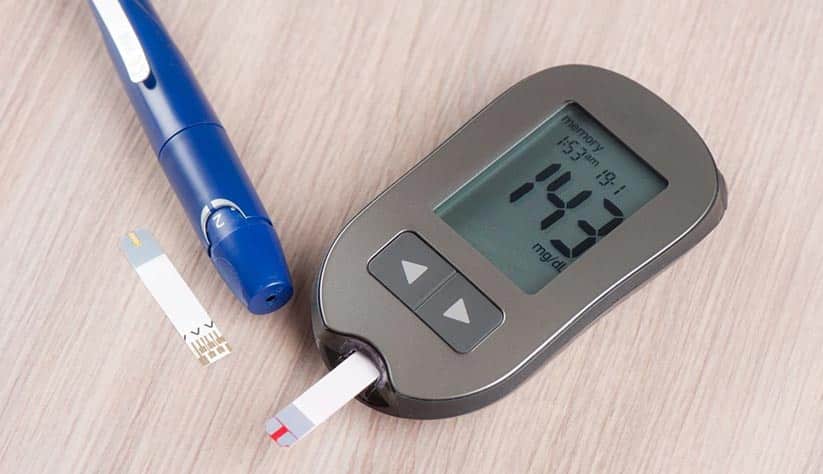
1) It's a lot easier to measure than checking every one of your cells for traces of insulin resistance
2) Your blood sugar level has a direct effect on your body, energy, and mood, which insulin resistance only affects indirectly
3) You can technically survive no matter what level of insulin resistance you’re living with for an extended period of time. You cannot survive dangerously high blood glucose levels for any more than a few hours.
However, make no mistake, blood glucose is just the symptom/complication of diabetes. Insulin resistance is the true problem you have to face.
Reversing Insulin Resistance
That's why the Mastering Diabetes Method focuses directly on creating a lifestyle that can help you reverse insulin resistance. Because if you reverse insulin resistance, you have reversed diabetes (at least when it comes to prediabetes and type 2 diabetes).
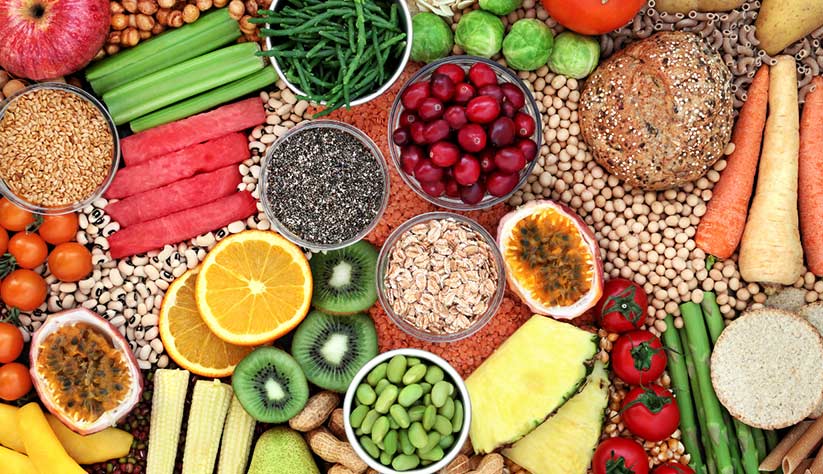
Low-Fat, Plant-Based, Whole-Food Diet
The most important part of the Mastering Diabetes Method is a low-fat, plant-based, whole-food diet. This diet is tailor-made to help your body quickly burn through that excess, stored fat and reverse insulin resistance, all while providing you with energy along the way.
Fruits, starchy vegetables, legumes, intact whole grains, leafy greens, non-starchy vegetables, mushrooms, herbs and spices are all major parts of this diet.
Where Fruit Comes In
And we don't kid when we talk about fruit! In fact, when you switch to this diet, some people eat 5-10 servings of fruit a day, and some eat much, much more.
This is because fruit is a fantastic source of energy, has crucial vitamins, and leaves you feeling energized and inspired -- which are super important for any diet that you want to keep in the long term.
But Should I Avoid Fruit at First? What About the Long Term?
The first question depends on your current level of insulin resistance. If you're incredibly insulin resistant and suffering from blood glucose spikes, we recommend making a few specific adjustments:
- Make sure to include leafy greens and/or non-starchy vegetables at every meal.
- Eat your meals slowly
- Split your meals into two or more eating sessions
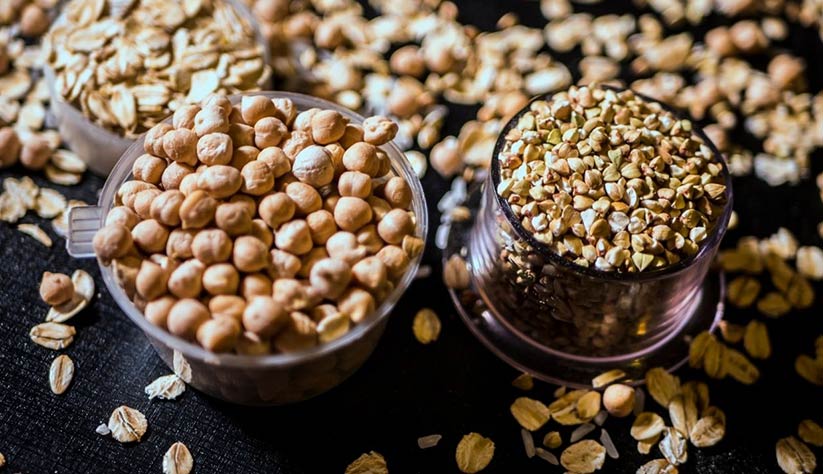
In the short-term and the long-term, you will be able to eat any green light fruits that your heart desires. The only exception will be fruits in our yellow light category, which are avocado, durian and dates.
Some Fantastic Fruits to Start Adding to Your Diet
Berries (Strawberries, Blackberries, Raspberries, Blueberries)
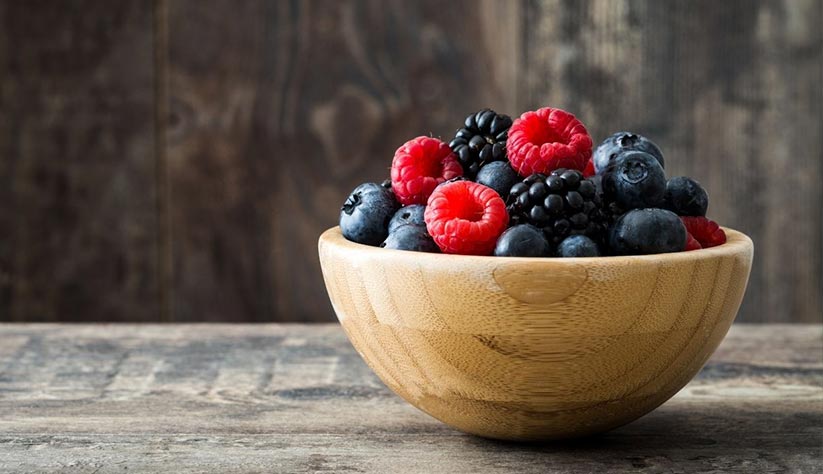
The first on our list of favorite fruits are berries like blackberries, raspberries, strawberries, and blueberries.
Fruits don't get much better than berries for people living with diabetes, because they are truly delicious and loaded with antioxidants.
As for vitamins and minerals, strawberries and blackberries, in particular, are packed full. They've got all of your B vitamins (including folate, which is important), they're high in fiber, and they help protect against colon cancer.
Not to mention these are fantastic as a snack, in cereal and oatmeal, or even on their own.
Pears
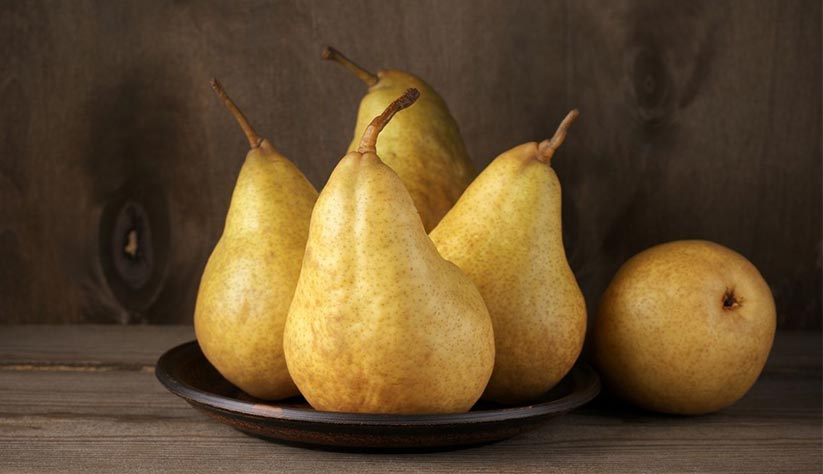
If you're going to eat fruit, it's hard to pass up pears. Pears are great with most breakfasts, in salads with a salad dressing that contains no added sugar or fat, and even on their own.
And what do they have to offer for your health? The same key vitamins you get from berries, plus more fiber and potassium.
Apricots
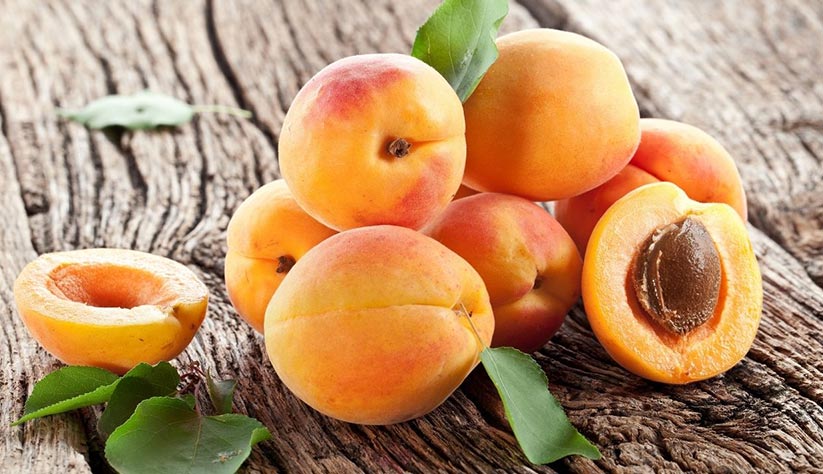
An underrated fruit, apricots are coming on strong in terms of popularity and it's easy to see why: they're absolutely delicious.
A great addition to salads, cereal, and oatmeal (just like pears), or eaten fresh as a snack, apricots are nutrient-dense, high fiber fruit that helps protect your heart while giving you energy and a bit of vitamin C for your immune system.
Cherries
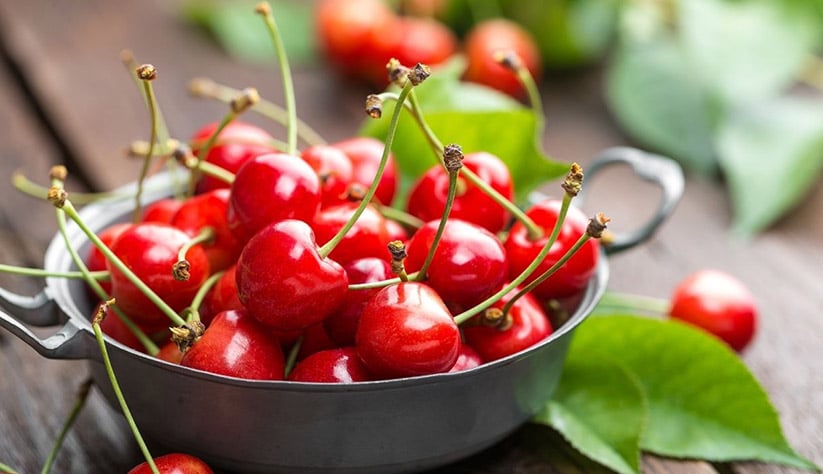
They're not just for cocktails and sundaes! In fact, cherries are a great source of vitamin C, fiber, and other important vitamins, and makes a fantastic ingredient in all sorts of delicious meals and treats!
They're even beneficial to your eyesight! Cherries are full of antioxidants that help prevent macular degeneration (a complication of diabetes) -- plus they taste fantastic.
Peaches
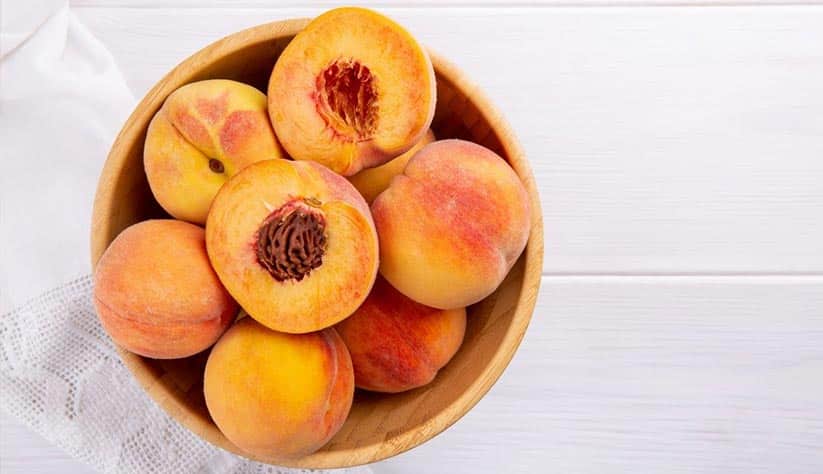
Now, anyone who's lived in the south knows peaches. They are juicy, vibrant and just flat out tasty! Peaches come in strong with a lot of great benefits for people living with diabetes.
Peaches, like apricots, have an incredibly high fiber content which helps with blood glucose control as well as heart health. They also contain vitamins A and C along with potassium -- all major benefits for your body.
Apples
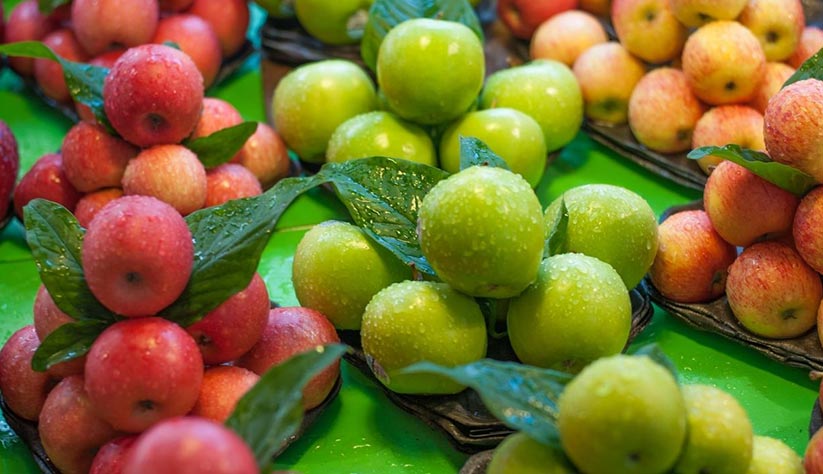
One a day to keep the doctor away? Well, it's hard to beat an apple (and many meals made from apples)!
First, they're incredibly low in calories. Second, apples are loaded with antioxidants that help prevent tumor growth and heart disease.
And the best part is that you'll feel satisfied for hours after eating an apple -- which isn't always true of sugary snacks!
Turns out when your mom gave you an apple, she was right.
The Secret Weapon: Amla
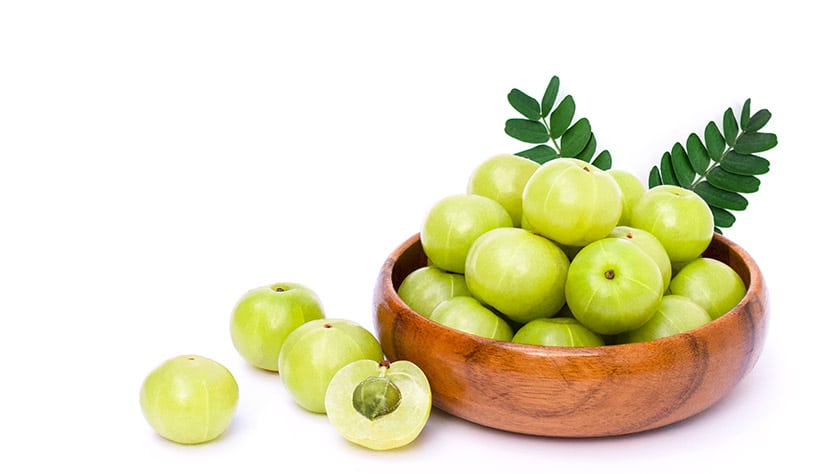
And the secret weapon for people living with type 2 diabetes is amla. Amla is the Indian gooseberry, and it's something you'll want to add to your diet no matter what.
Amla can lower your blood pressure, reduce insulin resistance in your body (which is great if you've got type two diabetes), help stabilize glucose levels after eating, increase HDL cholesterol (the good kind) while reducing LDL cholesterol!
And that's all before you get to the fact that it's the second most powerful source of vitamin C and the most powerful antioxidant on the planet.
Types of Fruit That WILL Spike Your Blood Sugar
However, we'd be remiss if we didn't mention the types of fruit that did spike your blood sugar.
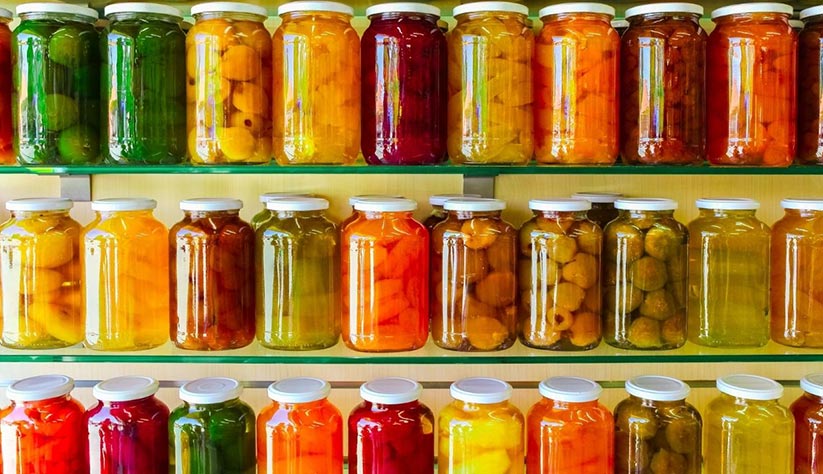
Most Canned Fruit
Unfortunately, canned fruit is typically packed full of sugar and artificial preservatives. Fruit that's in syrup is even worse, putting you at risk for complications like heart disease.
So while fresh fruits are great if they're available to you (and I hope they are), make sure you stay away from preserved, sugary fruits.
Fruit Juice
Fruit juice made from 100% fresh fruits is listed in our yellow light category. This type of beverage contains healthy water that was naturally in the fruit, it contains many nutrients, but since the fiber has been removed, it’s not as ideal as simply eating the whole fruit.
Fruit juices made from concentrate or fruit juices with added ingredients are in our red light category. So read your labels carefully! Fruit juice may seem like an easy way to get some of those vitamins you've been missing out on, but they can be risky...
Fruit Sodas
Another option that's even riskier are fruit sodas. Fruit drinks and fruit-flavored snacks are often packed with sugar or other artificial sweeteners that you don't want in your diet -- not to mention the artificial colors, flavors, preservatives...
If you can find a truly excellent fruit soda made with 100% juice and natural water, that’s a viable option. Otherwise, strike it from your personal menu.
Is Dried Fruit Okay?
Well, this depends on how the dried fruit is made. Fruit that's dried naturally, without added sugars and preservatives can be intelligently incorporated into you diet.. Fruit that has been flash-dried and then coated with sugar or other sweeteners on the surface of the fruit? Stay far away!
It can take a long time for dried fruits to go from fresh to dried -- so if you're buying something, be careful of what you get!
Is Frozen Fruit Alright?
In most cases, yes! Even though we always love fresh fruit, if you eat fruit that's been frozen you likely won't have a problem! Again, keep an eye on the ingredients for anything added. If it's anything other than whole fruit (like with added sugar content), skip it.
Get Coaching with the Mastering Diabetes Team
It's important to note that the Mastering Diabetes Method isn't just a diet. It also includes intermittent fasting, daily movement, , and decision trees to help you understand your process and your progress.
If you're more of a DIY person, you can search our blog for all sorts of information on the method, find recipes, a weekly meal plan, and a menu that works for you, and learn more from our coaches on our site!
We wouldn't recommend this method if it didn't work, which is why we like to point people to the "A1C Miracle" so many people in our community have gone through.
We guarantee we can help you overcome these challenges and take full control of your diabetes and metabolic health, so give it a try!
We dare you.
Lower Your A1c and Get to Your Ideal Body Weight ... Guaranteed

Your results are guaranteed. Join more than 10,000 ecstatic members today
Personalized coaching puts you in immediate control of your diabetes health, helps you gain energy, improves your quality of life, and reduces or eliminates your meds.


